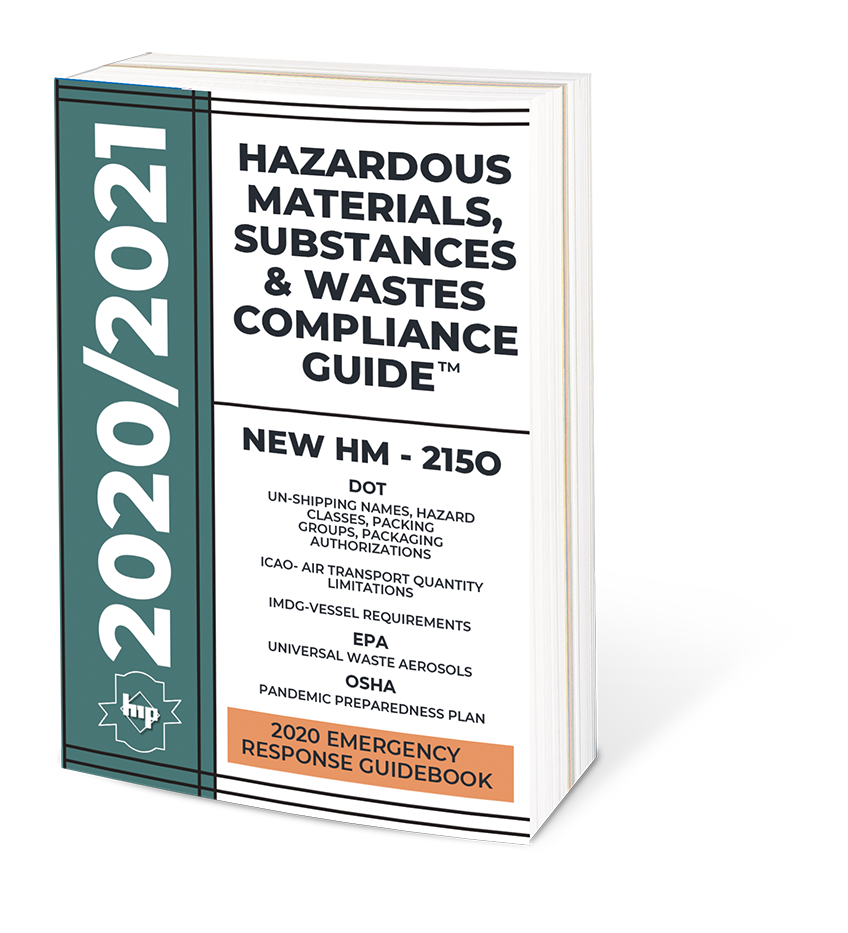When I first started running my father’s hazardous materials, substances and waste compliance seminars and for many years there after I was terrified by attendee’s questions. This was fueled by low self-esteem and lack of a traditional education. I would make the classic novice instructor mistake of becoming irritated and angry when confronted with a question or even the slightest clarification, as many long time attendees will attest, and which, for some unknown reason l have many.
I wish I had some humorous or insightful situation in which I can remember when it changed. I do not. But, today it’s not the question that I know the answer to that I revel in, but the question I do not.
Recently after running an in-house zoom seminar for them, a long time customer called me to ask if it would be alright to ship sulfuric acid in a 98% solution in a steel Intermediate bulk container, (IBC). My first reaction was fear and loathing as I am neither a chemical or industrial engineer, and because upon consulting the 49 CFR Department of Transportation, (DOT) regulations, it seemed that, 31A steel IBC containers, in addition to plastic 31H containers were listed in Special provision IB2 for this Class 8 corrosive.
The first thing you need to know about shipping hazardous materials and waste is that DOT does not authorize containers. They only require that a container be properly tested by manufacturers and then whichever DOT recommended container a shipper selects, is appropriate for that hazardous material.
Under the DOT hazardous material regulations in Section 173.136 corrosives are defined two ways. The first is testing up to 2 weeks on mammal membrane, using rabbits, and the second is severe corrosion rate on steel. The 40 CFR Environmental Protection Agency, (EPA) regulations in 40 CFR 261.22 picks up severe corrosion rate on steel but use the waste material’s PH in lieu of animal testing.
Numerous calls to the Department of Transportation Hotline, (800)-467-4922, to this corrosive chemical container conundrum, led to nothing that condoned or concluded that steel single containers would be appropriate at this concentration.
Unfortunately, all of my regulatory research did not leave me or my customer with a confident conclusion. I felt defeated, until later that night when I decided to Google it, and found this link, that stated;
“When carbon steel comes into contact with concentrated sulfuric acid, there is an immediate acid attack with the formation of hydrogen gas and ferrous ions which, in turn, forms a protective layer of FeSO4 on the metallic surface. The durability of the tanks and pipes made of carbon steel will depend on the preservation of this protective layer“.
I am not a consultant, only a lowly instructor, who makes himself available to anyone burdened with hazardous materials, substances and waste responsibilities. I cannot tell you what they decided to do, as I don’t know and it is none of my business in the end. It seemed like a pretty gutsy move, I myself might have opted for one of the recommended plastic totes, if available. But I can tell you this, I’ll be more comfortable and confident if this question arises again, and for that I thank them.
Robert J Keegan
Publisher and President
Hazardous Materials Publishing Company
Transportation Skills Programs Inc.
hazmat.tsp@gmail.com


